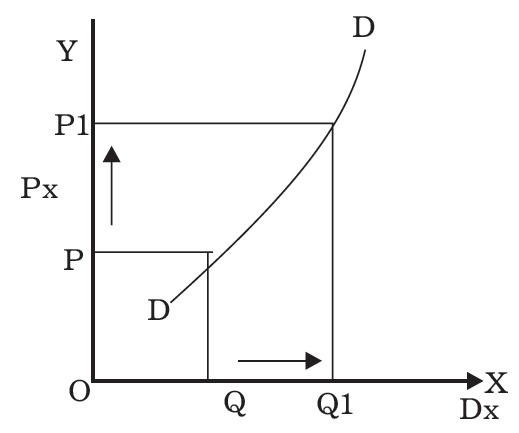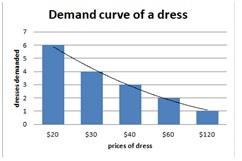The law of demand states that, all other things being equal, the quantity of a good or service that a consumer is willing to purchase decreases as the price of the good or service increases. This relationship between price and quantity demanded is generally known as the demand curve. However, there are certain exceptions to this law that can cause the demand curve to shift or the relationship between price and quantity demanded to be less predictable.
One exception to the law of demand is the concept of Giffen goods. Giffen goods are a type of inferior good, meaning they are goods that are consumed more as income decreases. However, unlike other inferior goods, the demand for Giffen goods actually increases as the price increases. This is because Giffen goods are typically consumed in large quantities and make up a significant portion of a consumer's budget. As the price of the good increases, it becomes a more affordable alternative to other goods that the consumer may have otherwise purchased.
Another exception to the law of demand is the concept of Veblen goods. Veblen goods are luxury goods that are perceived as more valuable or desirable as the price increases. This is because the high price of these goods is seen as a sign of exclusivity and status, making them more attractive to consumers who are willing to pay a premium for them.
In addition to these exceptions, there are other factors that can influence the demand curve and cause deviations from the law of demand. For example, changes in consumer income or tastes can shift the demand curve, as can changes in the availability or price of substitute goods.
Overall, while the law of demand is a fundamental principle of economics, there are certain exceptions and factors that can influence the relationship between price and quantity demanded. Understanding these exceptions can be crucial for businesses and policymakers in predicting and shaping consumer behavior.







